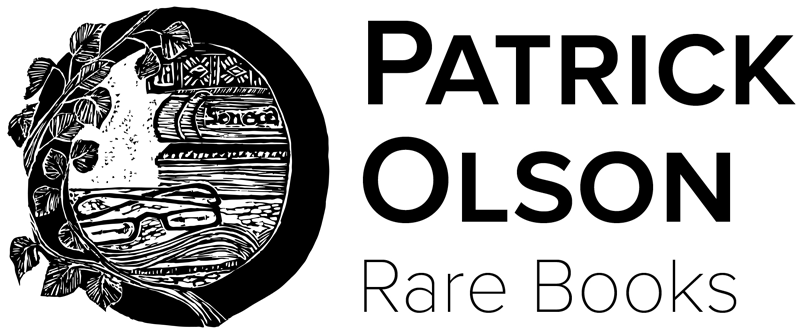A brief history of time




A brief history of time
Typus temporis vel potius hypotyposis, seu brevis designatio ad ultimum atomum ac momentum euisdem; non minus scitu utilis, quam lectu & notatu dignus; collectore M. Adamo Bernhardi Jordan ad instantiam & gratiam amicorum aeditus
by Adam Bernhard Jordan
Frankfurt, 1592
[24] p. | 4to | A-C^4 | 189 x 150 mm
First and only edition of this curious digest of time, a pamphlet the author composed for his friends (as the title indicates). Jordan worked as a cellar keeper (Keller) in the German village of Steinheim, though we find little else about him. ¶ He opens his brief treatise with a philosophical summary of ancient time, outlines the traditional ages of the world, and offers Galen's six periods of the typical human life. As one might expect, Jordan then explores the salient details of the standard solar year—mentioning the new Gregorian calendar—and the typical lunar cycle. But then he ventures much deeper into the weeds of time. He discusses the concept of an annus emergens, when time is measured from an extraordinary event (e.g., the founding of Rome or the birth of Christ); the lengths of the years for other planets in the known solar system; the lengths of the four seasons, each introduced with a line of verse reminiscent of emblem literature; alternative starting points for the year; the twelve signs of the zodiac, a chart of where they fall during the year, and still more on the zodiac structure; the month's division into weeks, and the week into seven days, with historical background on the structure of a day, plus notes on the etymological roots of each day's name; when different groups start their days (e.g., some count from noon, others from midnight); and how the day is divided into still smaller segments. The author ends with a brief postscript. "Let those who want read; those who do not, let them decline" (Legant qui velint: qui non volunt, despiciant). ¶ We find a single copy in North America (Linda Hall), and this the only copy we find in auction records.
CONDITION: Sewn but without covers, clearly removed from a larger Sammelband. Last leaf is blank. ¶ Small spot of skinned paper adhered to A2v and A3r, affecting a couple of words on the former, though hardly affecting legibility; a bit dusty at the edges; remnants of adhesive on spine.
REFERENCES: USTC 699894; VD16 ZV1333 ¶ J.W. Chr. Steiner, Geschichte und Alterthümer des Rodgau's im alten Maingau (1833), p. 73 (for the author's work as a Keller)
Item #695
